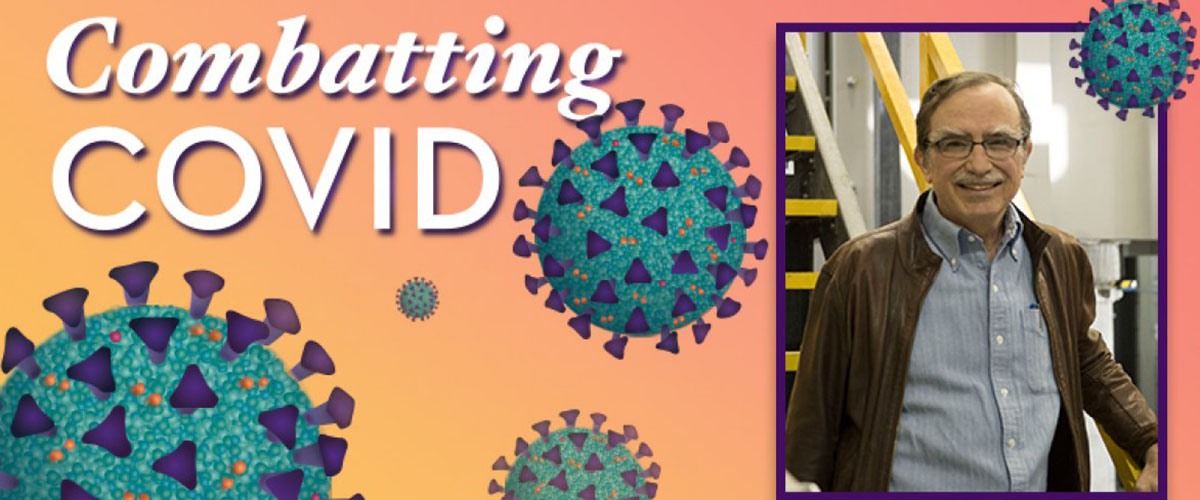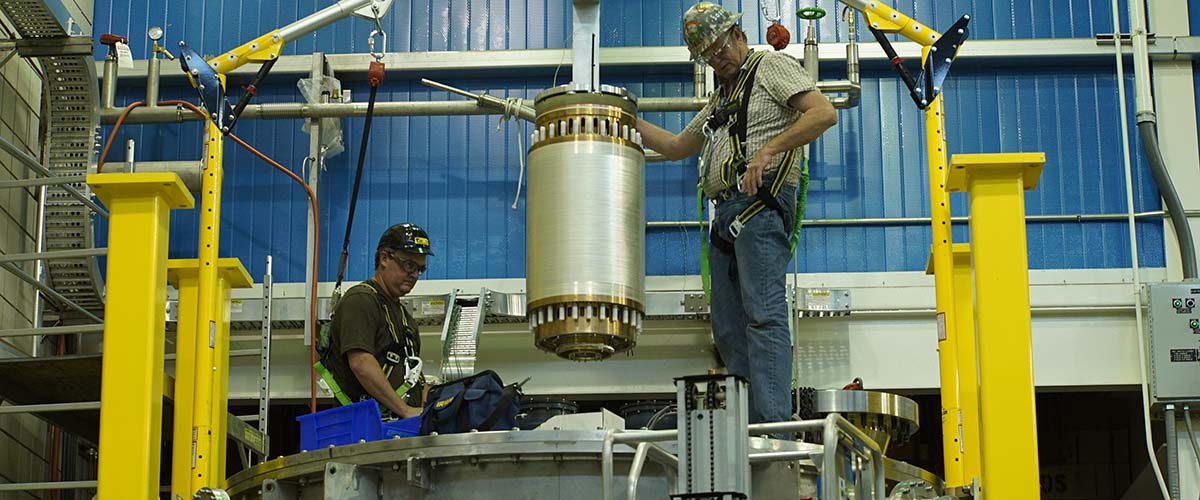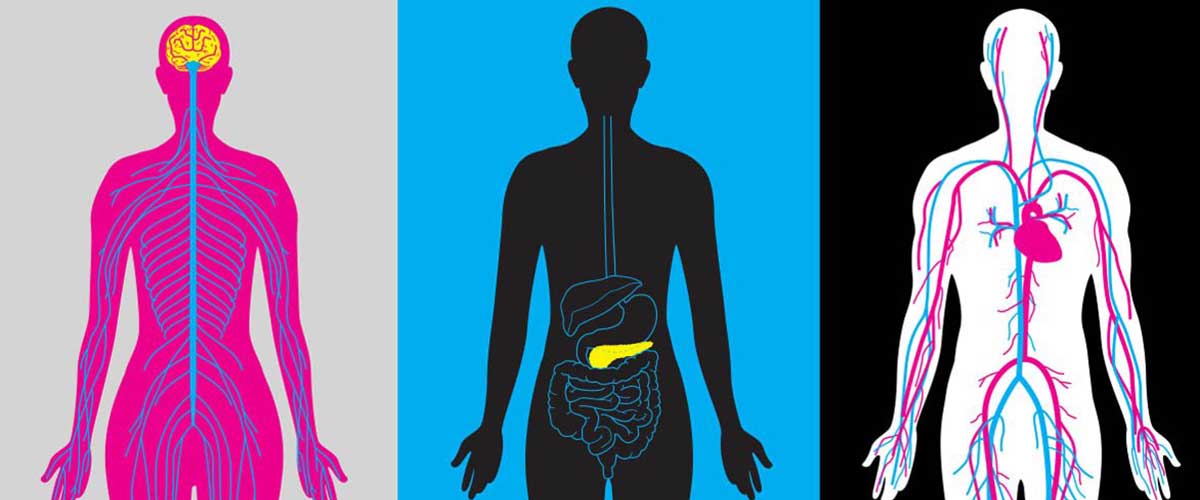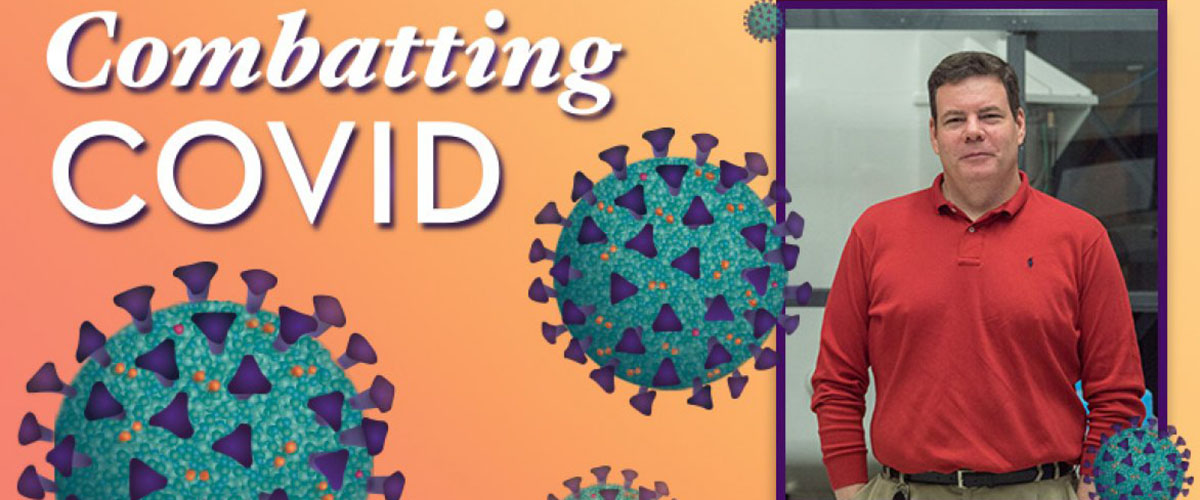Tim Cross really did try to retire this spring. After spending three decades at the National High Magnetic Field Laboratory, most of it leading the Nuclear Magnetic Resonance (NMR) and Magnetic Resonance Imaging (MRI) / Spectroscopy Facility at the lab’s Tallahassee headquarters, he was looking forward to spending more time on his native Cape Cod and to furthering his long-running research on membrane proteins in tuberculosis and influenza. The director gave him a fancy plaque. Colleagues shared adieus and best wishes at a Zoom party. Human Resources asked for the laptop back.
Still, two things stood between Cross, a biophysicist, and a retreat to the Massachusetts coast. The first was the COVID pandemic. The second was his inability to let a science mistake slide.
It started with an email from his colleague Lucio Frydman, chief scientist for chemistry and biology at the National MagLab. By then Frydman, who is also a professor of chemistry at Israel's Weizmann Institute of Science, had signed on with an international network of scientists doing COVID research. He wanted to recruit Cross, an expert on small proteins in cell membranes, to the COVID crusade.
"I know that you're thinking about boats and Cape Cod," wrote Frydman, "but it somehow seems to me that, of all the NMR spectroscopists I know, your influenza research is the closest to all this. Have you thought about restarting the engine at full speed and pointing the ship in that direction?"
Cross's first thought: "Oh, come on. I'm about to retire!"
But after reviewing the literature, Cross couldn't stop himself from hopping on board.

MagLab biochemist Huajun Qin observes COVID-19 E protein bands on a protein gel.
Photo credit: Stephen Bilenky
Cross read studies on a particular protein in SARS-CoV-2, the virus that causes COVID-19, known as the E protein. The protein is located in the virus's capsid, a membrane surrounding the genetic material. It had already been characterized by other researchers using NMR, which identifies which atoms are in the protein, how they fit together and what that says about the protein's purpose.
But those results looked off to Cross, who built his career on deconstructing such structures.
"I understand what stabilizes those structures, and I understand why those structures take the shapes that they do, probably better than anyone else in the world," he said. "When we saw [the erroneous structure], and we saw that it was a small membrane protein, we said, 'We could actually do something with this. Let's just jump in and work on it.'"
And jump they did.
With Cross steering the project, MagLab postdoc Rongfu Zhang and research associate Huajun Qin began working with fragments of the virus's DNA. With these fragments, they quickly began culturing the complete E protein.
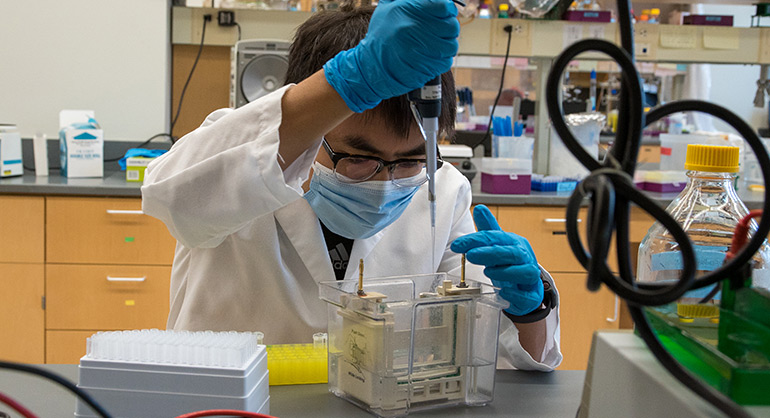
MagLab postdoc Rongfu Zhang loads samples of the COVID-19 E protein onto a protein gel to verify their purity.
Photo credit: Stephen Bilenky
Next come months of experiments in the MagLab's NMR spectrometers, which can be monitored remotely. It is still unclear exactly what the E protein does, said Cross, but the fact that it has remained in the coronavirus family of viruses as they have evolved over time suggests that role is not trivial. The team's research may disclose an Achilles’ heel in the protein that could be exploited by the right drug to knock out the virus.
Previous characterizations are flawed, Cross said, in part because scientists used detergents in their sample preparation to model the protein's environment in the viral particle, compromising their integrity.



